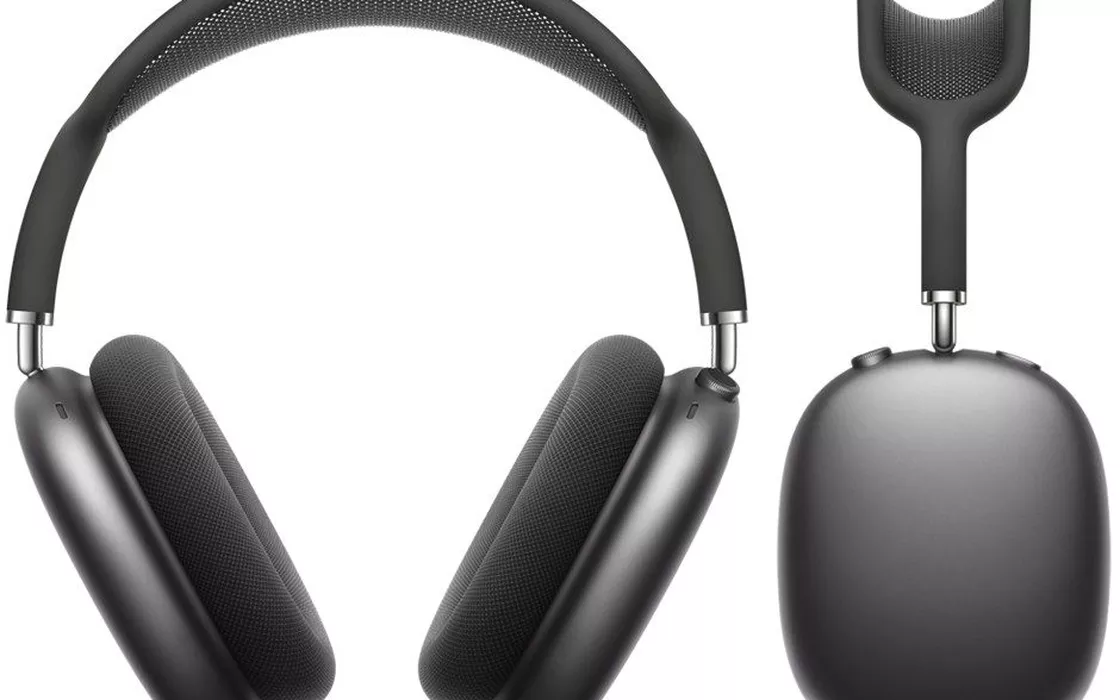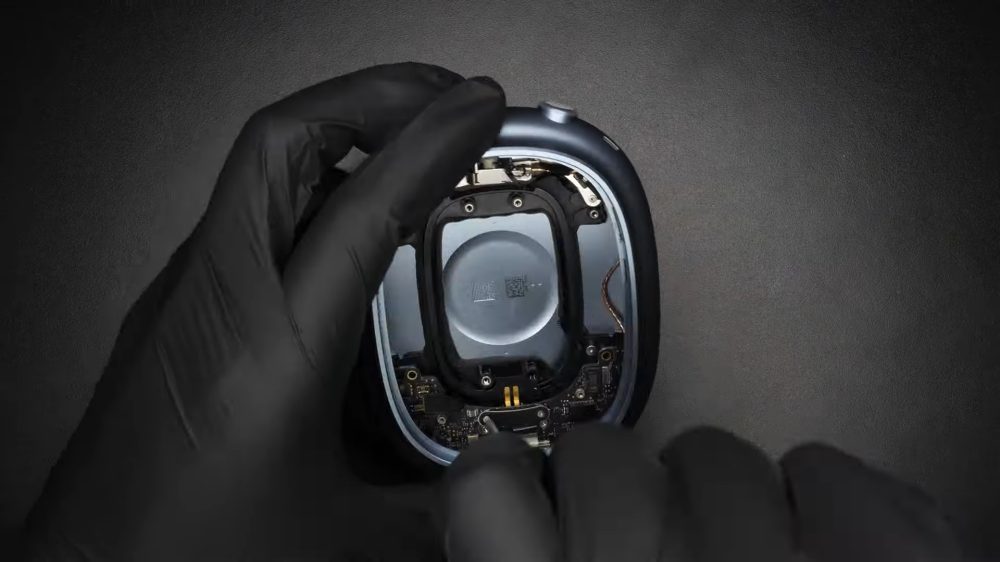The European Commission introduced the concept of a single charger at the time. In order to increase theinteroperability between devices and reduce the volume of electronic waste, the European Union has chosen USB-C as a reference connector. The protests from Apple, which has historically invested in its Lightning connector, were quite vigorous but, in the end, Apple also had to adapt and comply.
Apple replaced Lightning on the series iPhone 15, in the case of magnetic fast charging of the Apple Watch, on AirPods Pro 2 and on other devices. The AirPods Max they are among the few Apple products that do not yet support USB-C. The cuffie wireless over-ear released almost three years ago, and which still cost 579 euros today, they are awaiting an update.
Yet AirPods Max represent one of the proposals premium of the Cupertino company in the audio sector. These headphones offer a advanced audio qualityactive noise cancellation and an elegant design.
Upgrade your AirPods Max headphones: here’s how to replace the Lightning connector with USB-C
A well-known one maker and well-known Swiss hacker, And Pillonelmanaged to beat Apple to the punch not only by updating the Lightning connector of its AirPods Max headphones and introducing USB-C support but also by creating a commercial product that can be purchased through its online store.
Let’s be clear. The purchase can be evaluated, for example, by those who do not intend to proceed with the assembly of the components themselves. Otherwise, the project is available in an “open” form, allowing electronics enthusiasts to proceed in total autonomy.
In the short video published on YouTube by Pillonel, the researcher explains how he succeeded in the feat convertire in USB-C the porta Lightning of the AirPods Max headphones. It all started with a careful study of the internal components, which were also excellently engineered by Apple, and then designed and created a circuit USB-C conversion personalized and 3D printing the necessary parts.
Among other things, explains Pillonel, there is a small metal edge around the Lightning connector which is really easily removable to make room for a standard USB-C connector.
The conversion card from Lightning to USB-C is made in such a way as to be flexible and superimposable with the PCB inside the AirPods Max.
The only problem: There’s no two-way audio via USB-C cable
Pillonel explained that it would be nice to also transfer the audio signal through the USB-C cable and explains that, with different costs, Apple currently markets two cables. There is one, extremely cheap, that performs the function of adapter from Lightning port to 3.5 mm jack: the problem is that the audio, in this case, moves in a single direction (i.e. from the headphones to the device connected downstream via a 3.5 mm connector).
There is also another very similar adapter, decidedly more expensive (45 euros), which allows you to use theaudio with an approach bidirectional. At the moment, however, the details relating to the handshaking they are not known and, to solve it, you would need to desolder the chip from the original adapter to move it to the Lightning to USB-C converter. Which is too expensive and definitely impractical.
How to Buy and Assemble Lightning to USB-C Converter for Apple AirPods Max Headphones
At a cost of around 40 euros, Pillonel offers interested parties the possibility of buying a ready-made adapter, to be used on the AirPods Max to enable the USB-C port in place of the original Lightning.
The.s are available at this address instructions to proceed with the disassembly of the Apple headphones and the subsequent installation of the converter.
As highlighted previously, the device supports only and exclusively the charging via USB-C while it does not allow audio transfer which can take place wirelessly.
The images are taken from Ken Pillonel’s website and from the video shared on YouTube.



